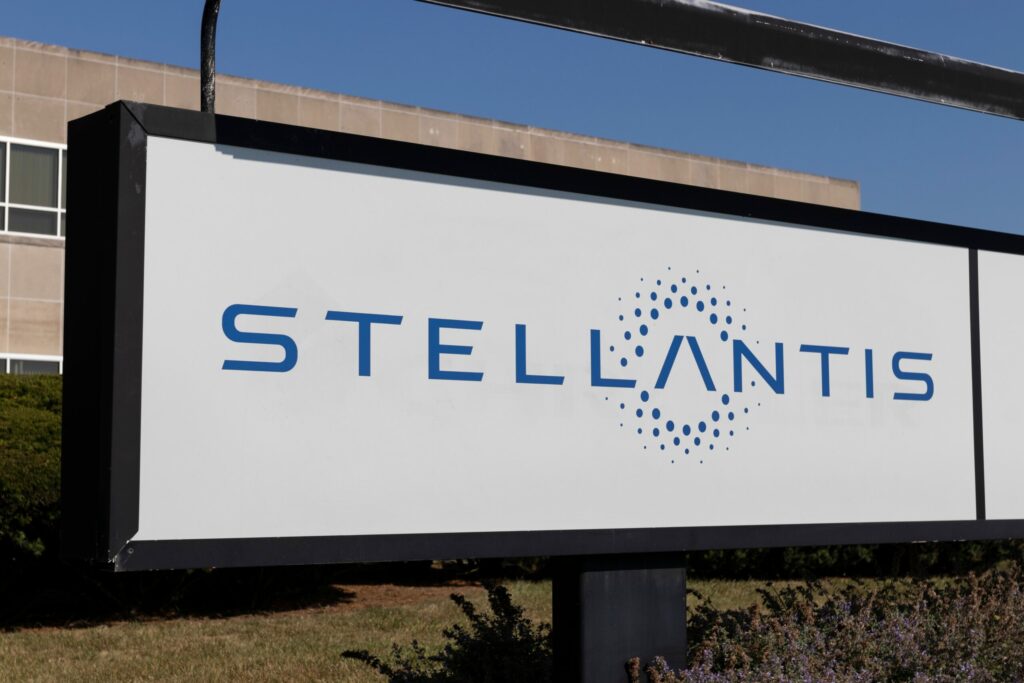Stellantis has just suspended its AutoDrive programme, which was supposed to embody the future of level 3 autonomous driving. Presented at the beginning of 2025 as a major breakthrough, this technology was intended to free drivers from certain tasks on motorways. However, according to several internal sources, the project has been put on hold for lack of a clear market and immediate profitability.

A market that’s not taking off
Officially, Stellantis asserts that the technology is ready for deployment. However, the manufacturer admits that demand remains too low. Unofficially, high costs and technical complexity are the main reasons for this sudden halt. Doubts about customer appetite reinforce this strategic caution.
Ambitions scaled back
The Franco-Italian-American group wanted to compete with Tesla or Mercedes through in-house software development. In the end, this costly strategy was abandoned. Stellantis now prefers to rely on aiMotive, a start-up acquired in 2022, to adjust its roadmap. Its new CEO, Antonio Filosa, is due to present refocused technological priorities in early 2026.
Consequences for motorists
In practice, no Peugeot, Citroën or DS will be offering Level 3 autonomous driving in the short term. French drivers will therefore remain dependent on foreign systems such as Android Auto or CarPlay for their software. The dream of full autonomy « made in France » is getting even further away.
Shared disillusionment
Stellantis is not alone in this impasse. Mercedes, BMW and Honda are encountering the same obstacles. High costs, legal uncertainties and a lack of real interest on the part of drivers are holding back the adoption of level 3. Meanwhile, some Chinese manufacturers, such as BYD, are already moving towards level 4 in real-life conditions. Stellantis is therefore coming up against a reality: total autonomy remains more of a promise than a market.












